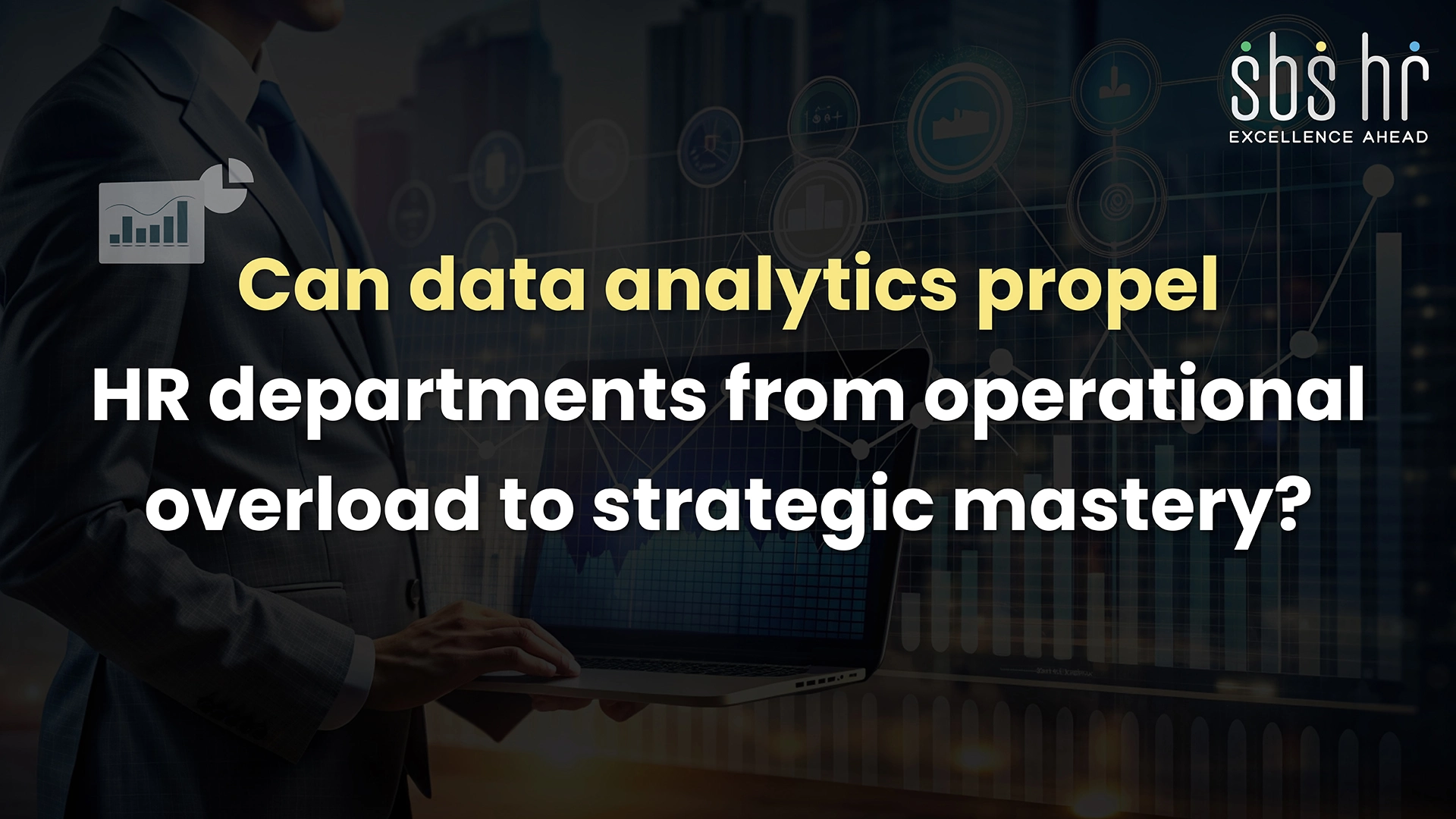Human Resources (HR) departments, often burdened with administrative tasks, are prime candidates for technological transformation. Enter data analytics—an invaluable tool that not only enhances HR processes but also drives informed decision-making. By leveraging data analytics, businesses can streamline HR functions, improve employee engagement, and align HR strategies with overarching business goals.
If data analytics were a wizard’s wand, how does it magically transform HR technology to create an enchanted workplace?
Data analytics is becoming increasingly vital in HR technology for several reasons:
Data-Driven Decision-Making:
By analyzing HR data, businesses can make better decisions regarding hiring, training, and employee management.
Trend Analysis:
Analytics helps identify trends and patterns in employee behavior, performance, and satisfaction, allowing proactive management.
Enhancing Operational Effectiveness:
Automating data collection and analysis reduces manual workload, enabling HR teams to focus on strategic tasks.
Unlocking HR Potential: Data Analytics in Action
Recruitment and Hiring (Talent Acquisition):
Predictive Analytics:
You could create a line graph showing the trend of successful hires over time using predictive analytics compared to traditional methods.
Talent Sourcing:
A bar graph could illustrate the effectiveness of different talent sourcing channels (e.g., job boards, social media, referrals) in attracting qualified candidates.
Candidate Experience:
A pie chart might show the distribution of candidate satisfaction levels based on their experience during the recruitment process, highlighting areas for improvement.
Employee Performance Evaluation
Performance Metrics:
- Line chart showing individual performance metrics over time.
- Bar chart comparing performance metrics across different departments or teams.
360-Degree Feedback:
- Radar chart displaying feedback scores across various dimensions (e.g., teamwork, communication, leadership) for an individual.
- Histogram showing distribution of feedback scores received from peers, supervisors, and subordinates.
Goal Alignment:
- Bubble chart illustrating alignment between individual/team goals and organizational objectives.
- Stacked bar chart depicting progress towards goals aligned with different strategic priorities.
Engagement Surveys:
- Bar chart displaying survey results for different engagement categories (e.g., satisfaction, motivation, commitment).
- Line chart showing trends in engagement scores over time.
Turnover Analysis:
- Pie chart illustrating turnover rates across different departments or reasons (voluntary vs. involuntary).
- Histogram depicting distribution of tenure for employees who have left the organization.
Wellness Programs:
- Area chart showing participation rates in wellness programs over quarters or years.
- Scatter plot correlating wellness program participation with metrics like absenteeism or productivity.
Workforce Development and Competency Building
Skill Gaps Analysis:
- Radar chart showing current skill levels versus desired skills across different job roles or departments.
- Bar chart displaying the top skill gaps identified in the organization, with percentages or numbers.
Training Effectiveness:
- Line chart depicting training completion rates over time.
- Scatter plot correlating training scores with subsequent performance metrics.
Personalized Learning Paths:
- Sankey diagram illustrating the flow of employees through personalized learning paths, indicating courses taken and skills acquired.
- Bubble chart showing recommended learning paths based on individual career goals and current competencies.
Actionable Benefits of Leveraging Data Analytics in HR Technology
Optimized Talent Acquisition outcomes
- Make data-driven hiring decisions that lead to better candidate fits and reduced turnover rates
- Optimize recruitment processes to save time and resources.
Optimized Employee Productivity
- Identify high performers and provide targeted development opportunities to maximise their potential.
- Address performance issues promptly with data-backed interventions.
Heightened Employee Involvement
- Foster a positive work environment by addressing employee concerns and promoting engagement initiatives.
- Improve retention rates by understanding and mitigating factors contributing to employee turnover.
Conclusion
Leveraging data analytics in HR technology transforms raw data into actionable insights, empowering small businesses to make informed decisions and optimize their HR functions. By choosing the right tools, training your HR team, integrating systems, and focusing on data quality, small businesses can unlock the full potential of data analytics. This approach leads to improved recruitment, enhanced performance, increased engagement, and strategic workforce planning, ultimately contributing to the long-term success of the business.

